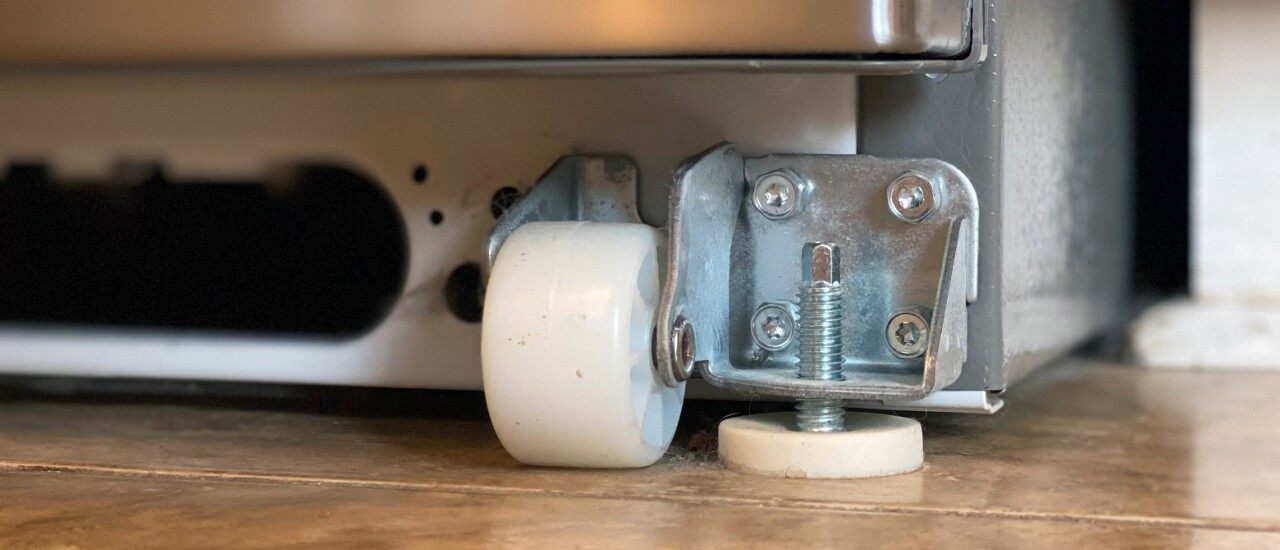

Articles
How To Level Refrigerator
Modified: August 30, 2024
Learn how to level your refrigerator with these informative articles. Find step-by-step guides and expert tips to ensure optimal performance and prevent damage.
(Many of the links in this article redirect to a specific reviewed product. Your purchase of these products through affiliate links helps to generate commission for Storables.com, at no extra cost. Learn more)
Introduction
When it comes to maintaining optimal performance and prolonging the lifespan of your refrigerator, one crucial aspect that often gets overlooked is proper leveling. Ensuring that your refrigerator is level not only helps it function efficiently but also prevents unnecessary strain on the compressor and other internal components.
In this article, we will explore the importance of leveling a refrigerator and provide you with step-by-step instructions on how to do it. By following these guidelines, you can prevent potential issues such as uneven cooling, door misalignment, and excessive noise.
So, let’s dive in and discover how to level your refrigerator and keep it running smoothly for years to come.
Key Takeaways:
- Properly leveling your refrigerator is essential for efficient cooling, door alignment, and increased stability, preventing issues like uneven cooling and premature wear and tear on internal components.
- By following the step-by-step instructions and maintenance tips provided, you can easily level your refrigerator and ensure its optimal performance for years to come.
Read more: How To Level Lg Refrigerator
Understanding the Importance of Leveling a Refrigerator
Proper leveling is crucial for a refrigerator due to several reasons. First and foremost, a level refrigerator ensures that the doors function correctly. When a refrigerator is not level, the doors may not close properly, causing temperature fluctuations inside and potential energy waste. This can result in food spoilage and higher energy bills.
Additionally, leveling your refrigerator helps to distribute the weight evenly on all four corners of the appliance. This prevents excessive strain on certain parts, such as the compressor, which can lead to premature wear and tear. By maintaining a level position, you reduce the risk of expensive repairs and increase the lifespan of your refrigerator.
Another vital reason to level your refrigerator is to ensure efficient cooling. When a refrigerator is not level, the coolant may not circulate properly, leading to uneven cooling throughout the appliance. This can result in certain areas being colder than others, affecting the freshness and quality of your food.
Furthermore, a level refrigerator contributes to its overall stability and balance. An unsteady refrigerator can be a safety hazard, especially if you have children at home. By properly leveling the appliance, you reduce the risk of it tipping over or causing accidents.
Now that you understand the importance of leveling your refrigerator, it’s time to gather the necessary tools and equipment to get the job done.
Recommended Tools and Equipment
Before you begin leveling your refrigerator, it’s essential to gather the right tools and equipment to make the process smooth and efficient. Here are the recommended items you’ll need:
- A bubble level: This tool will help you determine if your refrigerator is level horizontally and vertically. Ensure that the bubble level is long enough to span the width of your refrigerator.
- Adjustable wrench: You may need this tool to loosen or tighten the leveling legs or any other adjustable components on your refrigerator.
- Measuring tape or ruler: This will come in handy for measuring the distance between the refrigerator and the floor, as well as ensuring proper alignment.
- Protective gloves: It’s always a good idea to protect your hands while working on appliances. Wear a pair of gloves to prevent any injuries or accidents.
- Towels or cardboard: These will serve as a temporary protective barrier for the floor or to slide the refrigerator across if necessary.
Having these tools and equipment ready will ensure that you have everything you need to effectively level your refrigerator. Now let’s move on to the steps involved in preparing the refrigerator for leveling.
Preparing the Refrigerator for Leveling
Before you begin the leveling process, it’s important to prepare your refrigerator by following these steps:
- Empty the Refrigerator: Start by removing all the items from your refrigerator. This will make it easier to maneuver and level the appliance.
- Unplug the Refrigerator: Ensure that your refrigerator is disconnected from the power source to prevent any electrical hazards during the leveling process.
- Clean the Interior: Take the opportunity to clean the interior of your refrigerator while it’s empty. Wipe down shelves, drawers, and any other removable parts with a mild detergent solution. This will not only leave your fridge smelling fresh but also make it easier to see if the appliance is level.
- Clear the Area: Move your refrigerator away from the wall and clear any debris or dust from behind it. This will allow for a smooth leveling process without any obstructions.
- Secure the Adjustable Legs: Take a moment to inspect the adjustable legs or feet on your refrigerator. Ensure that they are in good condition and tighten any loose screws or bolts.
By following these preparation steps, you’ll have a clean and accessible refrigerator ready for leveling. Now let’s move on to adjusting the front leveling legs.
Adjusting the Front Leveling Legs
Adjusting the front leveling legs is the key step in leveling your refrigerator. Follow these instructions to ensure that your refrigerator is properly leveled:
- Locate the Leveling Legs: Look at the front bottom corners of your refrigerator to find the leveling legs. These are typically adjustable and can be turned to raise or lower the appliance.
- Use a Bubble Level: Place a bubble level on top of the refrigerator from left to right and check the bubble’s position. If the bubble is not centered, your refrigerator is not level horizontally. You can also place the bubble level from front to back to check if the refrigerator is level vertically.
- Adjust the Legs: Using an adjustable wrench, turn the front leveling legs clockwise or counterclockwise to raise or lower the refrigerator. Keep adjusting until the bubble level indicates that the refrigerator is perfectly level both horizontally and vertically.
- Check for Stability: Once the refrigerator is leveled, gently push or rock it from side to side to ensure that it is stable and doesn’t wobble. If there is any instability, adjust the leveling legs further until the refrigerator is sturdy and balanced.
Remember to make small adjustments during this process, as even a slight adjustment can greatly affect the level of the refrigerator. Once you’re satisfied with the leveling, proceed to the next step to ensure stability and balance.
Use a bubble level to check if the refrigerator is level. Adjust the leveling legs at the bottom of the fridge until it is balanced and stable.
Read more: How To Level A Frigidaire Refrigerator
Ensuring Stability and Balance
After adjusting the front leveling legs, it’s essential to ensure that your refrigerator is stable and balanced. Follow these steps to maximize stability:
- Check the Rear Wheels: Gently pull the refrigerator forward to inspect the rear wheels. Ensure that they are firmly in contact with the floor and not wobbling. If you notice any instability, adjust the rear wheels by raising or lowering them until the refrigerator sits firmly on the floor.
- Reposition the Refrigerator: Move the refrigerator back to its original position, making sure it is flush against the wall. Take caution not to damage the flooring while moving the appliance. If necessary, place towels or cardboard under the refrigerator to protect the floor and facilitate sliding.
- Reconnect the Power: Plug the refrigerator back into the power source and wait for it to start up. Listen for any unusual noises or vibrations that could indicate an imbalance. If you notice any issues, double-check the leveling and make adjustments accordingly.
By following these steps, you can ensure that your refrigerator is stable, balanced, and ready for use. However, it’s always a good idea to double-check the level of the refrigerator to confirm its accuracy.
Let’s move on to the next step – testing the level of the refrigerator.
Testing the Level of the Refrigerator
Once you have adjusted the leveling legs and ensured stability, it’s time to test the level of your refrigerator. Follow these steps to validate that your refrigerator is properly leveled:
- Place a Bubble Level on the Top: Position a bubble level on top of the refrigerator once again, from left to right. Check if the bubble is centered or slightly off-center. This will verify the horizontal level of the appliance.
- Check Door Alignment: Open and close the refrigerator doors multiple times and observe if they close smoothly and evenly. If the doors swing open or don’t align properly, it may indicate an issue with the leveling.
- Test with a Ball or Egg: Place a small ball or an egg on one of the shelves inside the refrigerator. Watch to see if it rolls or moves on its own. If it does, it suggests that the refrigerator is not level and needs further adjustment.
If any of the above steps indicate that the refrigerator is not level, you may need to re-adjust the leveling legs and repeat the process until the bubble level is centered and the doors align correctly.
By ensuring the refrigerator is level using these simple tests, you can have peace of mind knowing that your appliance is functioning efficiently.
Before we conclude, here are a few additional tips and maintenance suggestions to keep in mind.
Additional Tips and Maintenance Suggestions
Now that you have successfully leveled your refrigerator, here are some additional tips and maintenance suggestions to keep your appliance in optimal condition:
- Regular Cleaning: Regularly clean the interior and exterior of your refrigerator to prevent the buildup of dirt, dust, and food debris. This not only helps maintain hygiene but also improves the appliance’s performance.
- Check the Leveling Periodically: It is recommended to check the leveling of your refrigerator at least once a year or whenever you notice any stability issues. This will ensure that your refrigerator remains in proper balance and prevents any potential problems.
- Avoid Overloading: Do not overload your refrigerator with excessive food items or heavy objects. This can affect the balance and strain the leveling legs, leading to instability. Spread out the weight evenly for optimal performance.
- Keep the Surrounding Area Clean: Ensure that the area around your refrigerator is clean and free from obstructions. This includes removing dust, cobwebs, or any objects that may hinder proper airflow to the appliance.
- Check the Seals: Periodically inspect the door gaskets or seals for any cracks or gaps. Damaged seals can lead to air leaks, reducing the efficiency of the refrigerator. If necessary, replace the seals to maintain proper insulation.
- Monitor Temperature Settings: Keep an eye on the temperature settings of your refrigerator to ensure that it is set to the recommended levels. This will help maintain the freshness and quality of your food while minimizing energy consumption.
By implementing these additional tips and maintenance suggestions, you can prolong the life of your refrigerator and ensure its optimal performance.
To conclude, leveling your refrigerator is an important aspect of appliance maintenance. By following the step-by-step instructions in this article, you can easily level your refrigerator and enjoy its benefits for years to come. Remember to periodically check the level and perform maintenance tasks to keep your refrigerator running smoothly. Happy leveling!
Conclusion
Properly leveling your refrigerator is a simple yet crucial task that often goes overlooked. By taking the time to ensure that your refrigerator is level, you can experience numerous benefits including efficient cooling, door alignment, and increased appliance stability. Not only does this enhance the performance and longevity of your refrigerator, but it also prevents potential issues such as uneven cooling, energy wastage, and premature wear and tear on internal components.
In this article, we discussed the importance of leveling a refrigerator and provided step-by-step instructions on how to do it. We emphasized the significance of using the right tools and equipment, preparing the refrigerator beforehand, adjusting the front leveling legs, ensuring stability and balance, testing the level, and implementing additional tips and maintenance suggestions.
By following these guidelines, you can ensure that your refrigerator remains in optimal condition and continue to serve you well for many years. Remember to periodically check the level and perform routine maintenance tasks to keep your refrigerator running smoothly. Additionally, always consult your refrigerator’s manufacturer manual for specific instructions and recommendations.
Don’t overlook the importance of leveling your refrigerator. Take the time to level it properly and enjoy the benefits of a well-functioning appliance that keeps your food fresh and your energy bills in check. Happy leveling!
Frequently Asked Questions about How To Level Refrigerator
Was this page helpful?
At Storables.com, we guarantee accurate and reliable information. Our content, validated by Expert Board Contributors, is crafted following stringent Editorial Policies. We're committed to providing you with well-researched, expert-backed insights for all your informational needs.
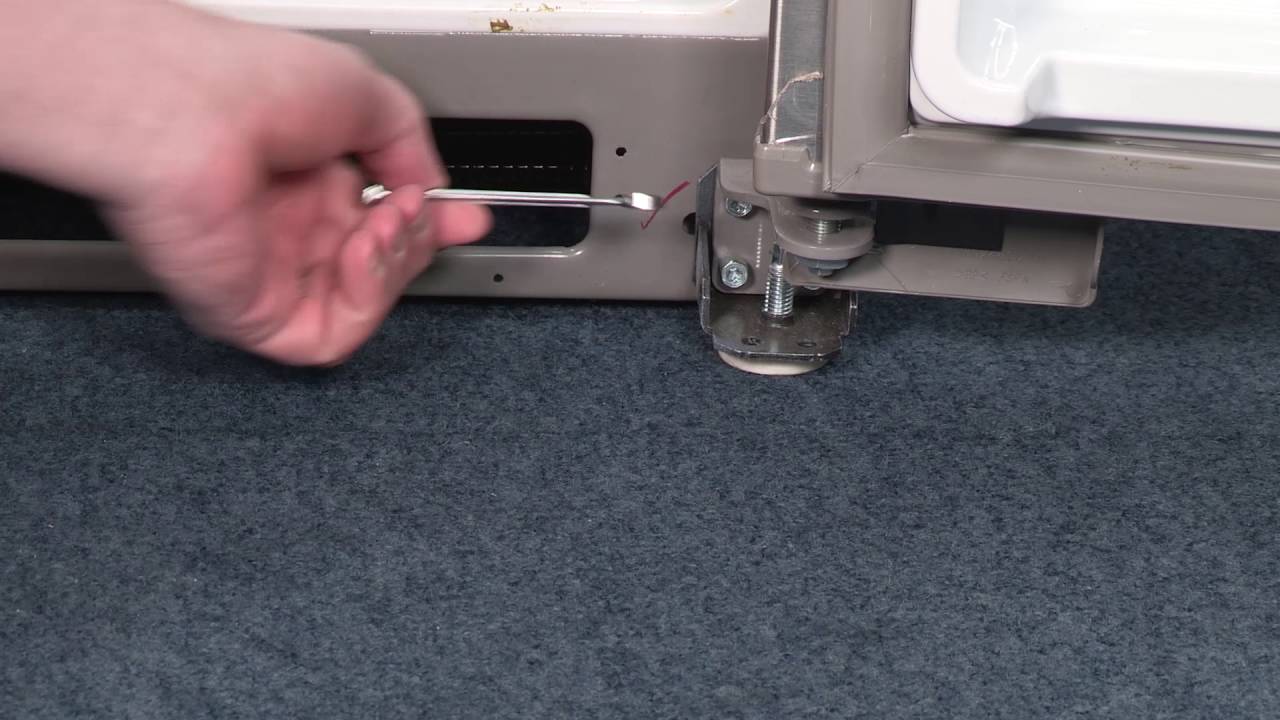
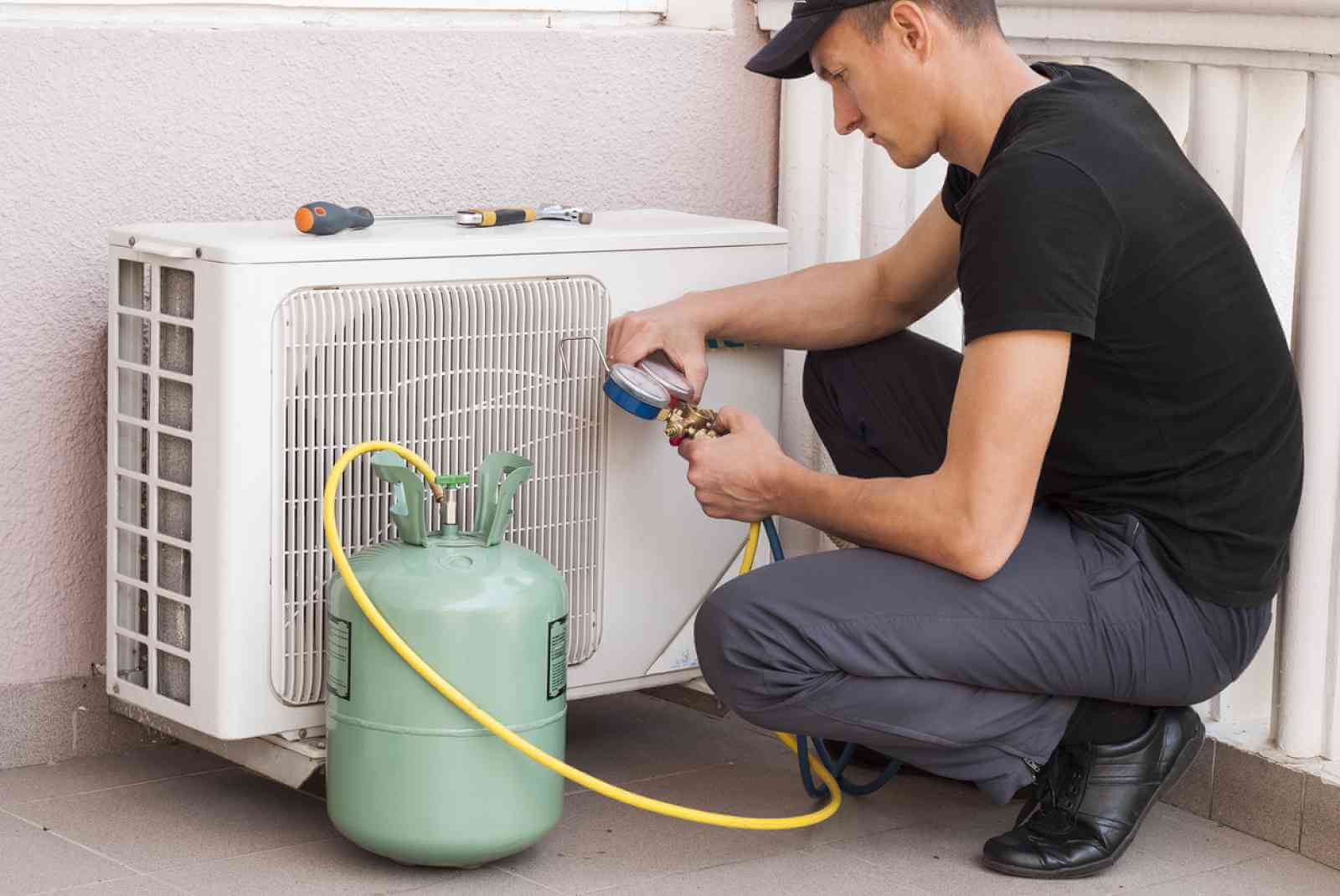
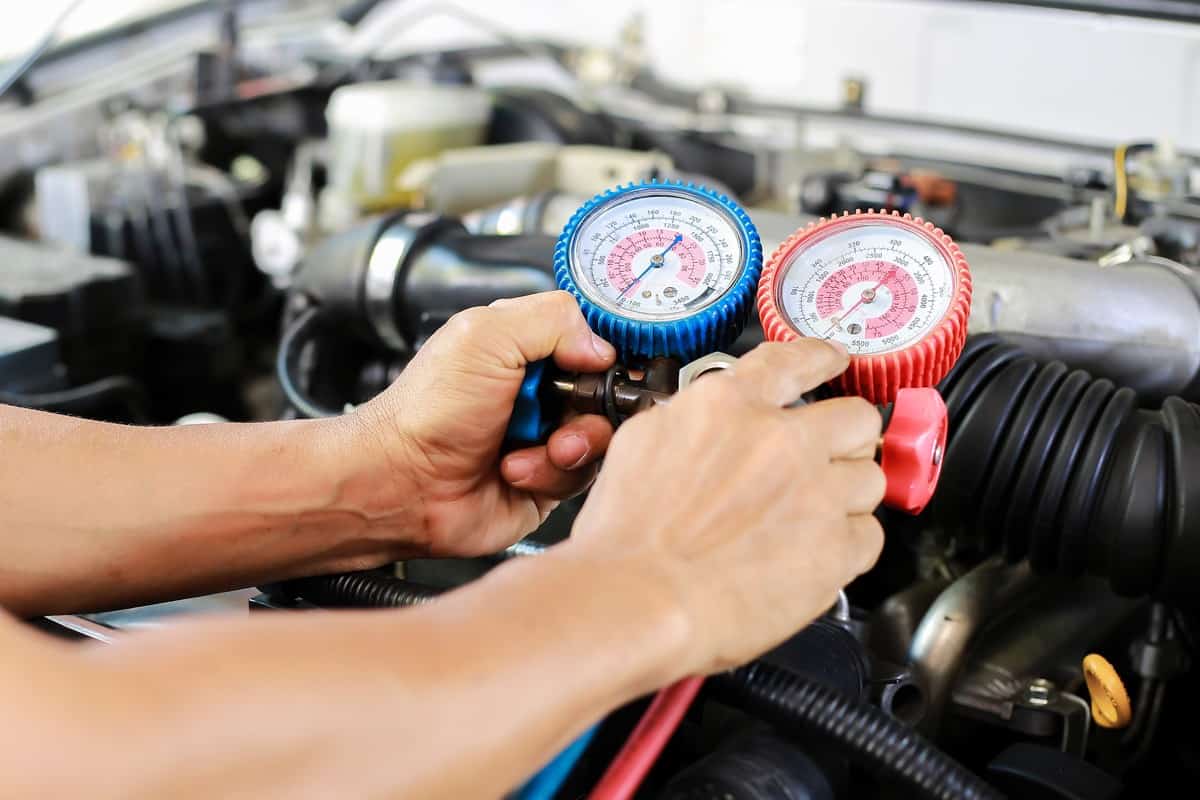
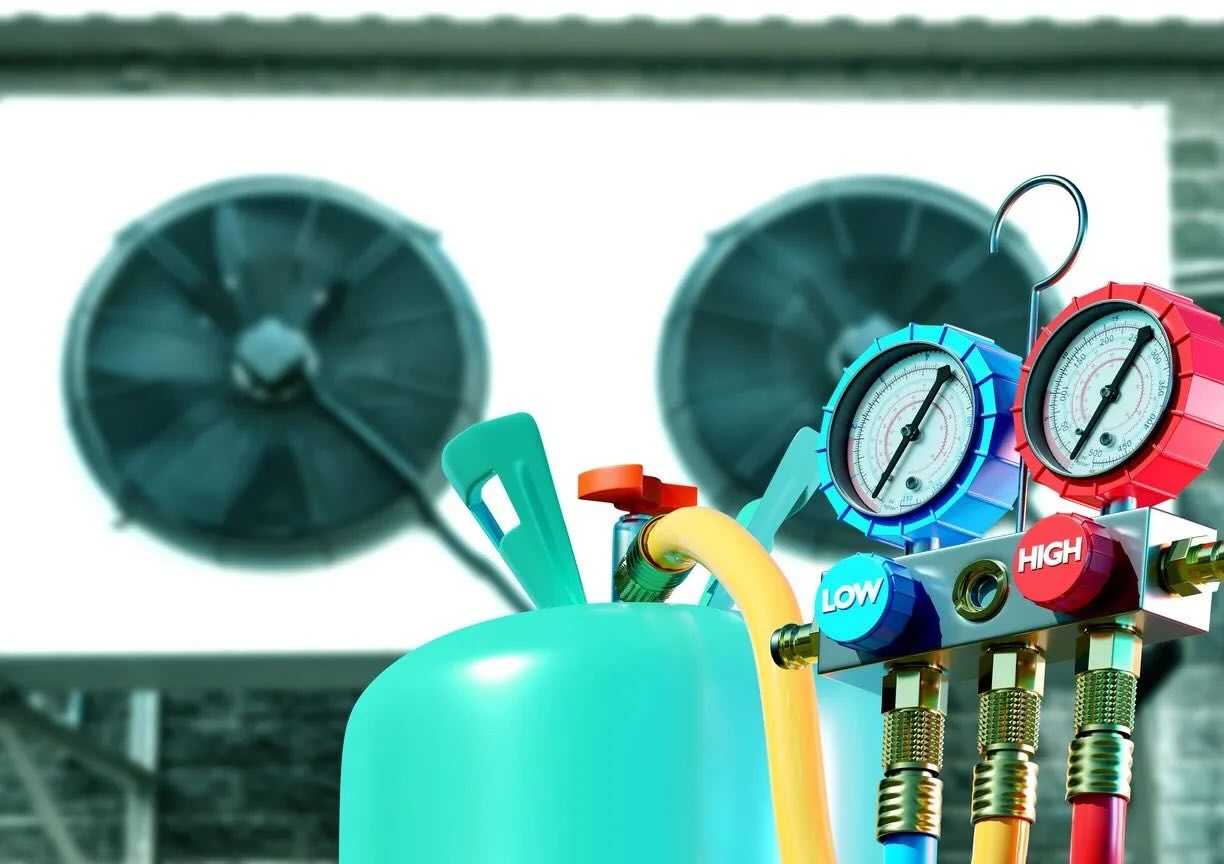
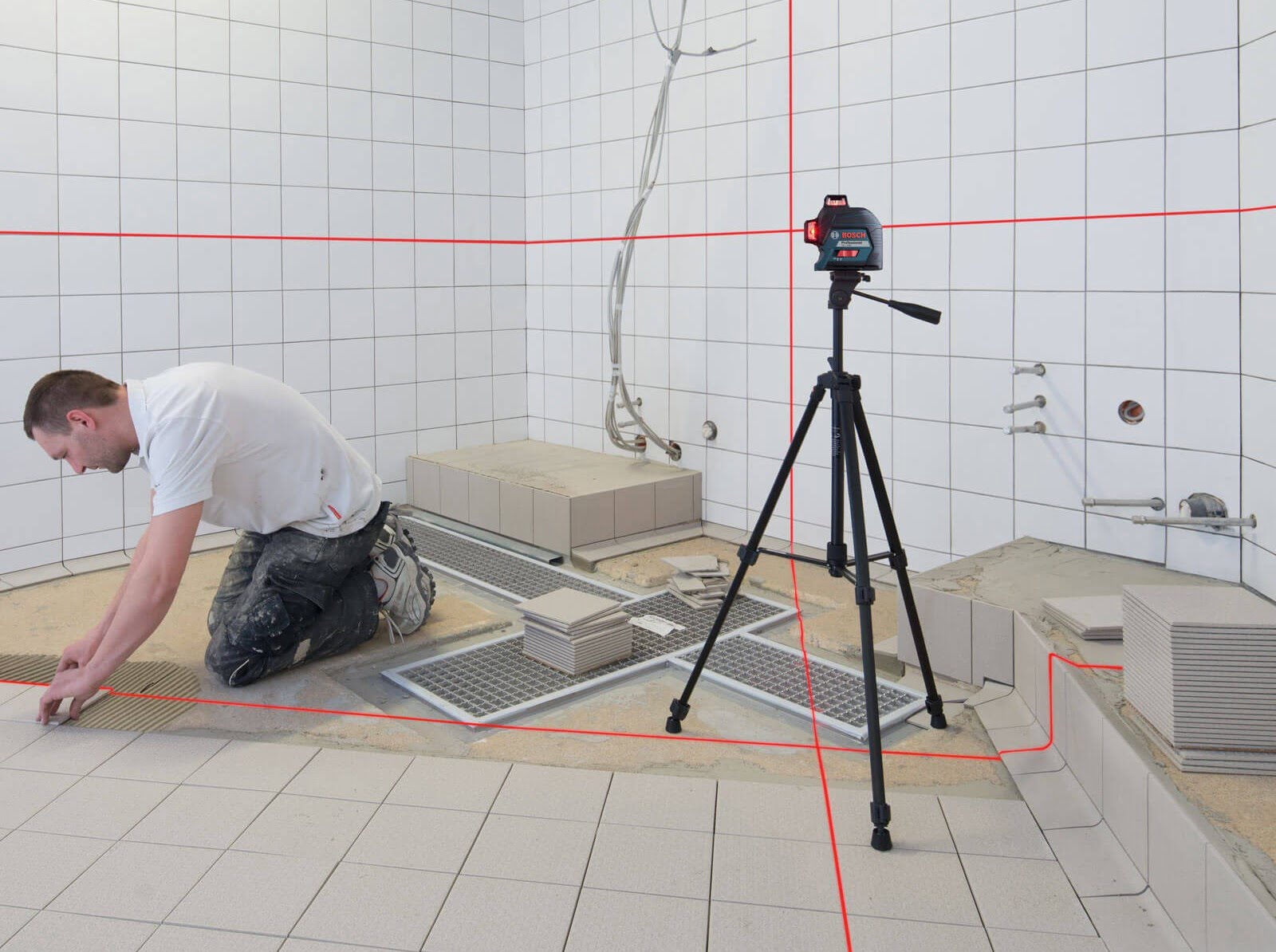
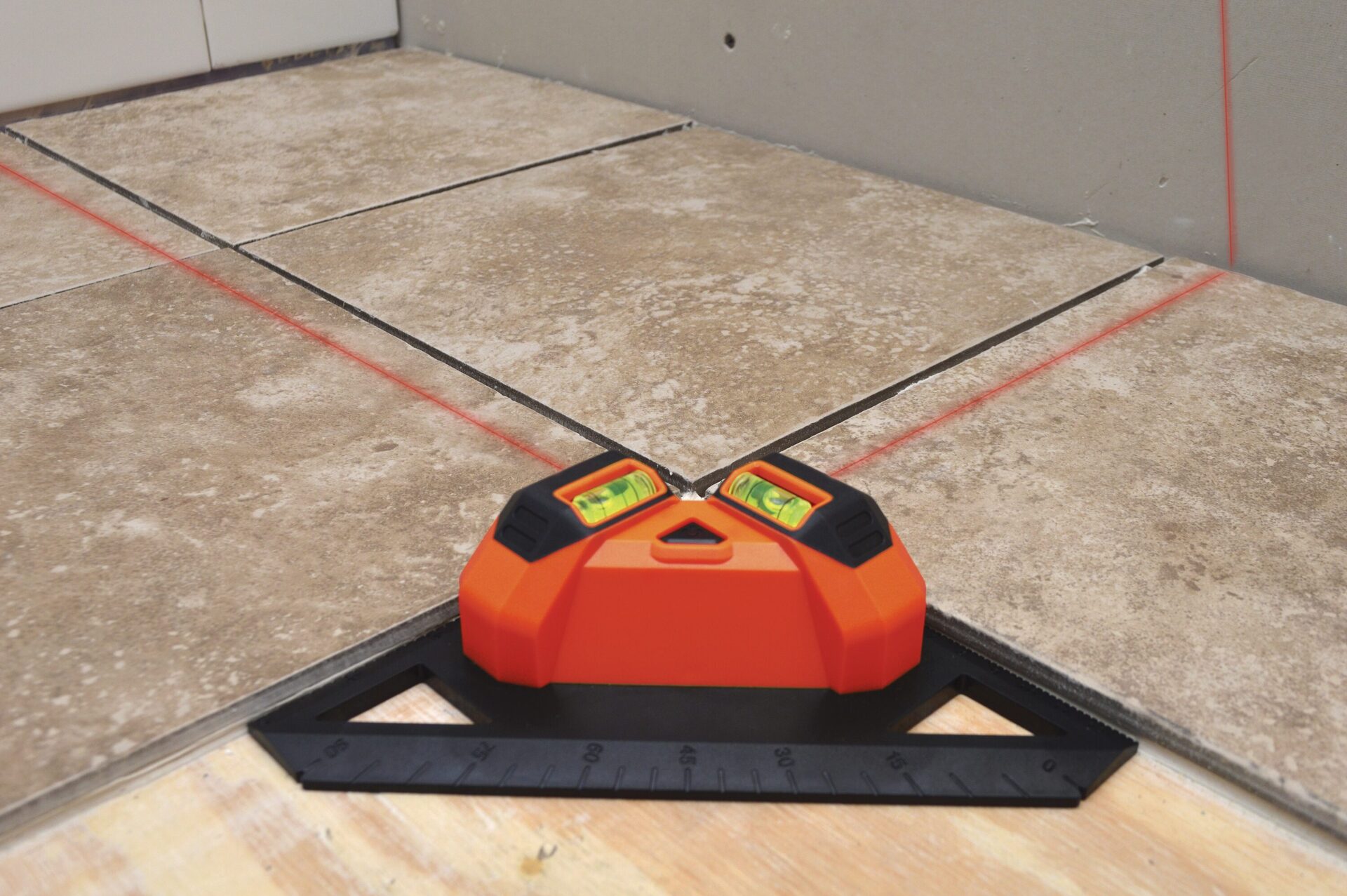


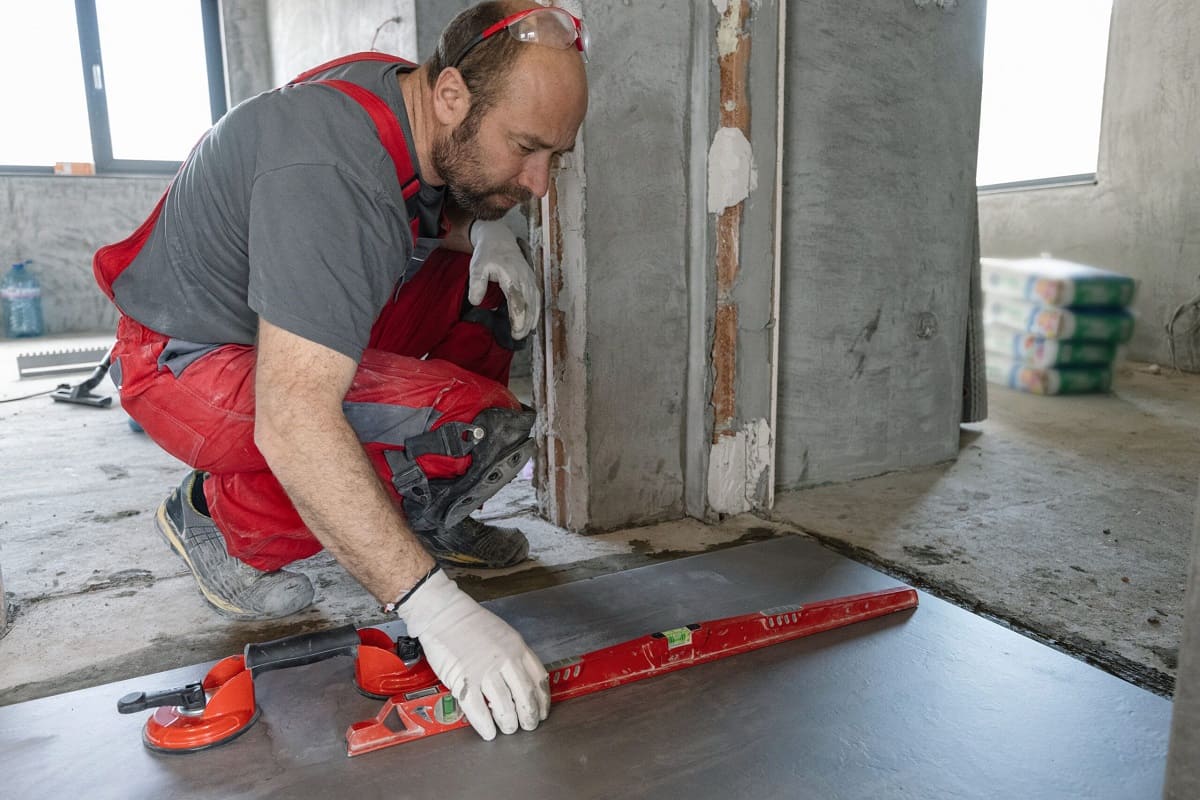
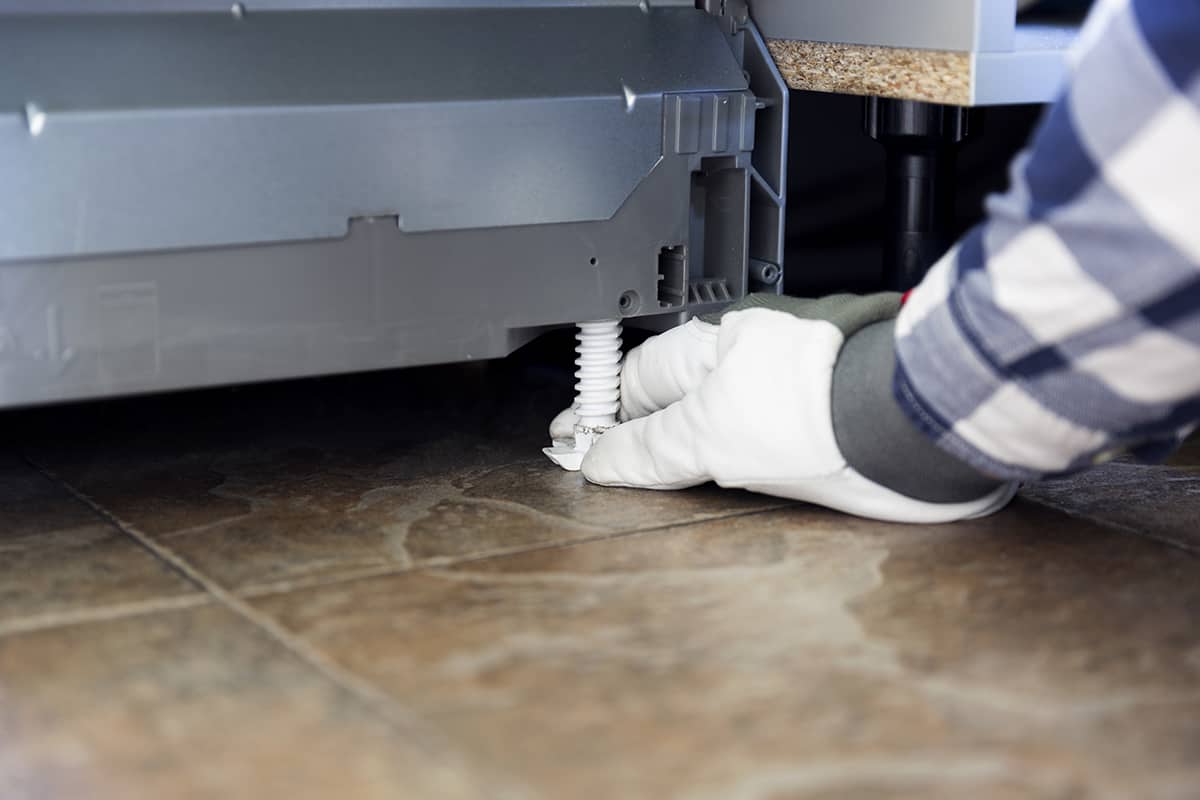
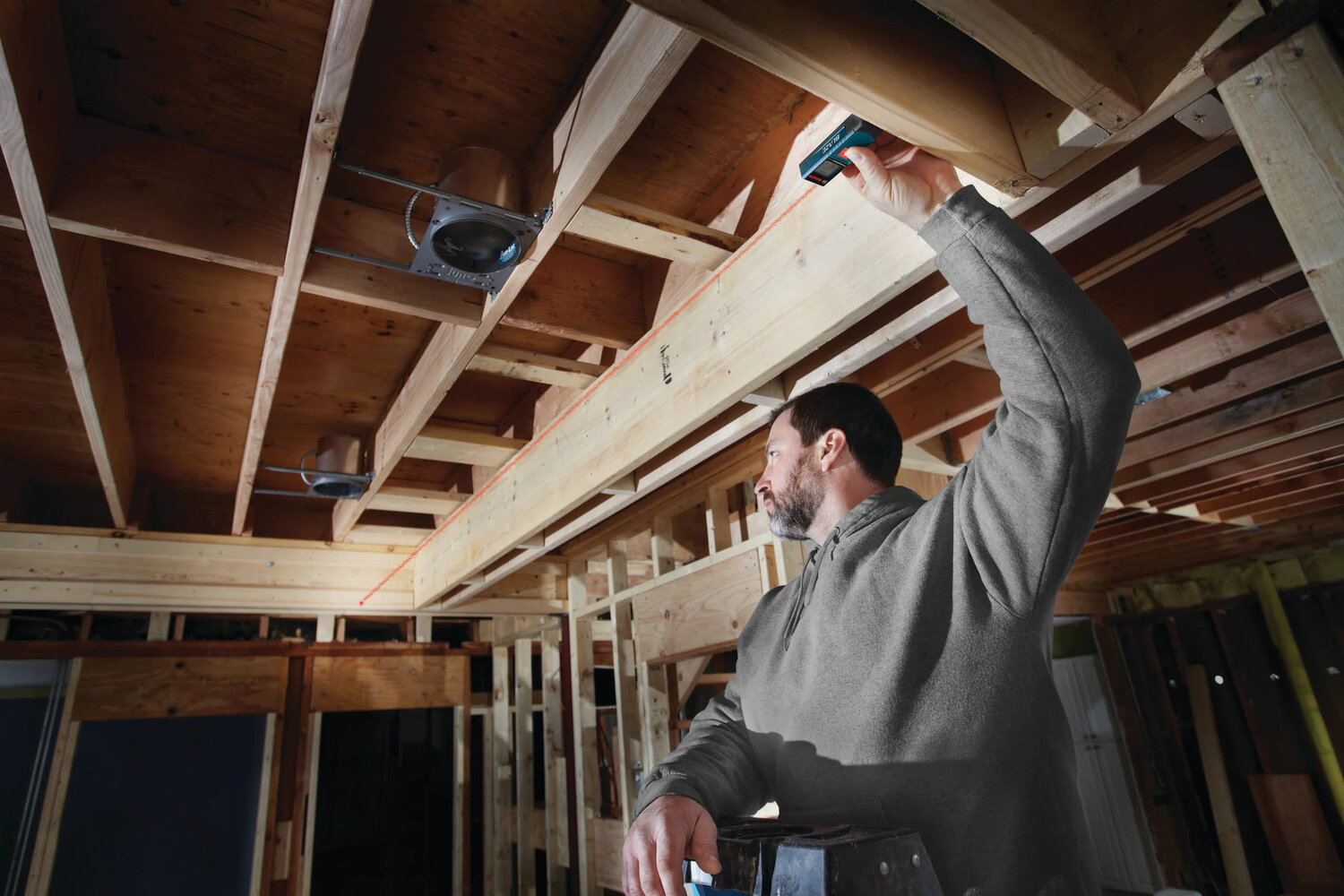
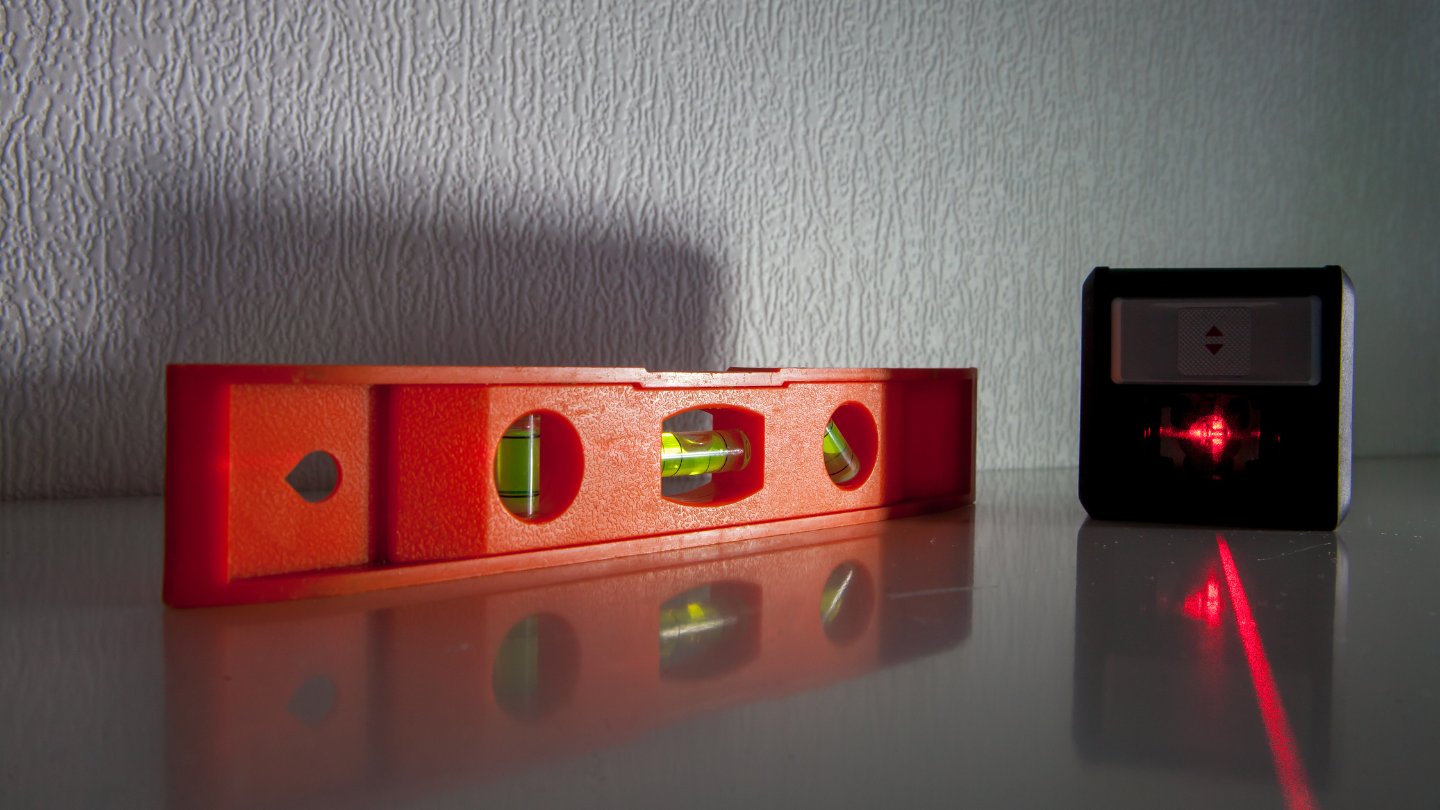
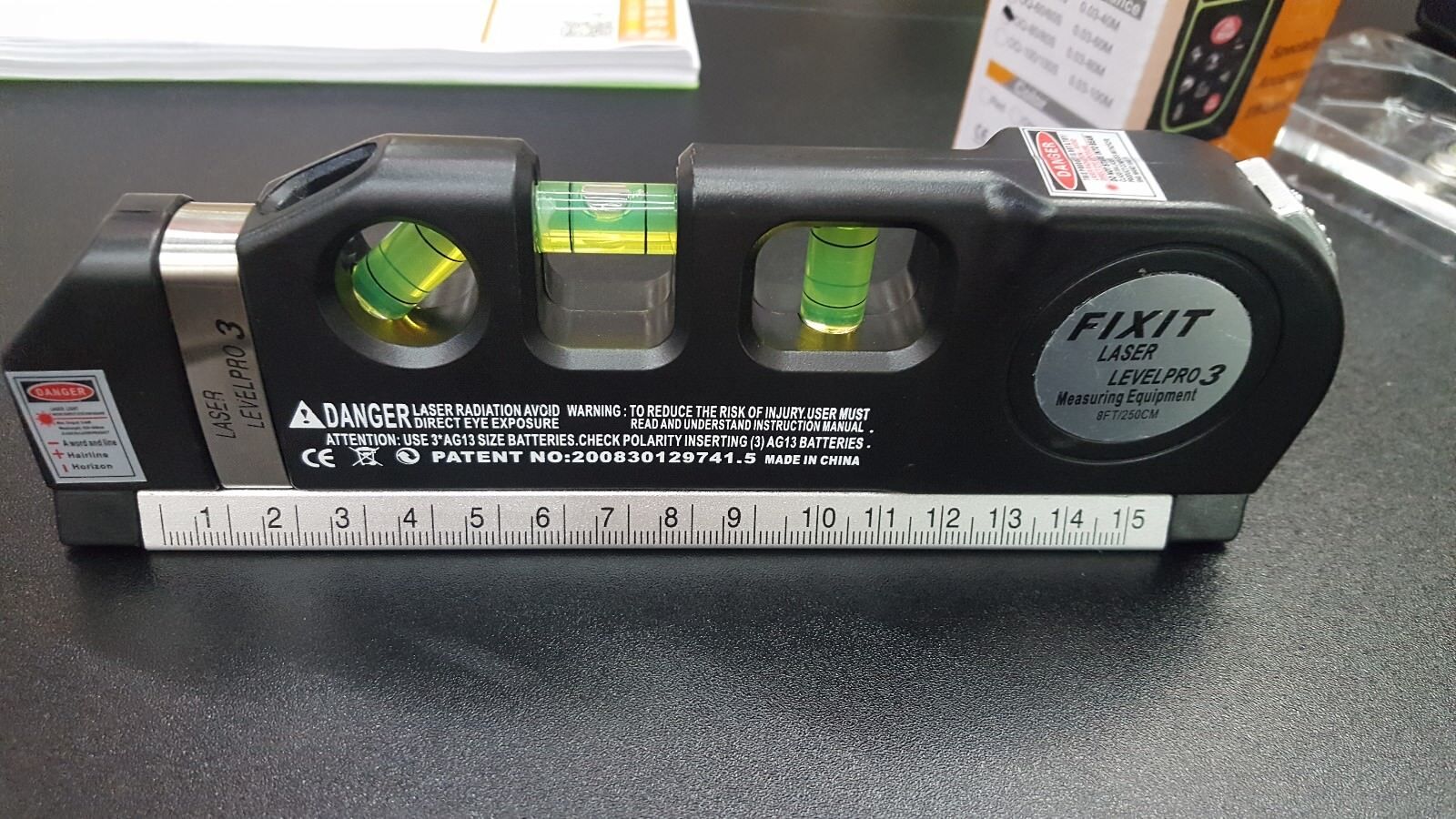
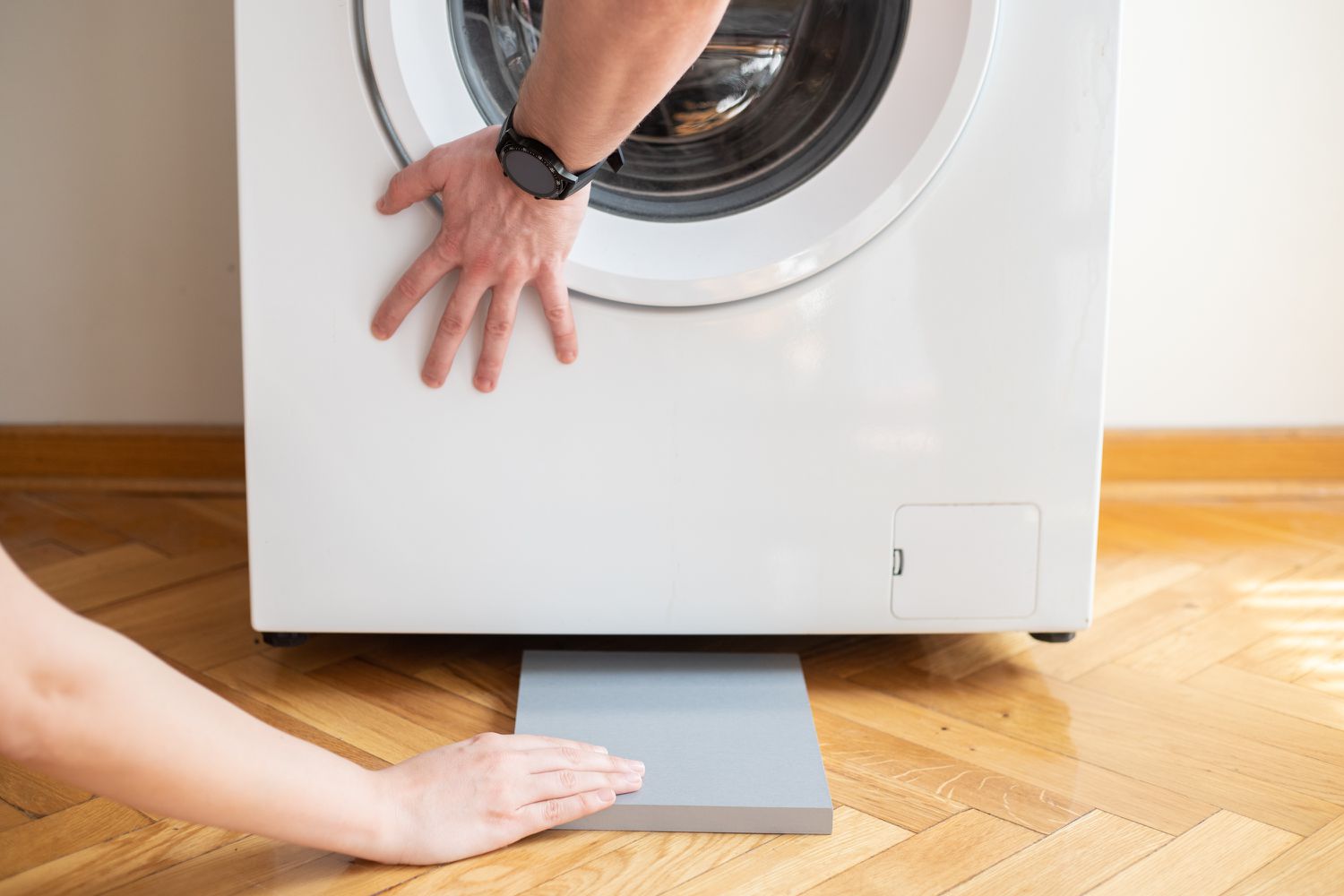

0 thoughts on “How To Level Refrigerator”